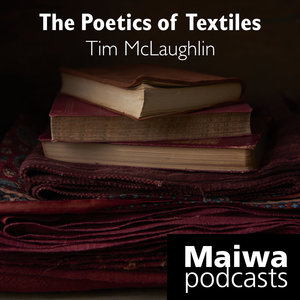These Jutis are handmade in Jodhpur, a city known for the intricate detail of its designs and the skill of its artisans. Soft leather is the canvas for exquisite Ari embroidery, the fine needlework technique which adorns the uppers. A plush, padded leather insole completes the shoe.
The leather softens and offers a nice give with wear.
These jutis are perfect to slip on and head to an event or wear around the house. They are also lovely as decoration because they are just so stunning.
Our Jutis are available at:
Maiwa on Granville Island 7 days a week between 10am and 7pm
And Online at maiwa.com































































